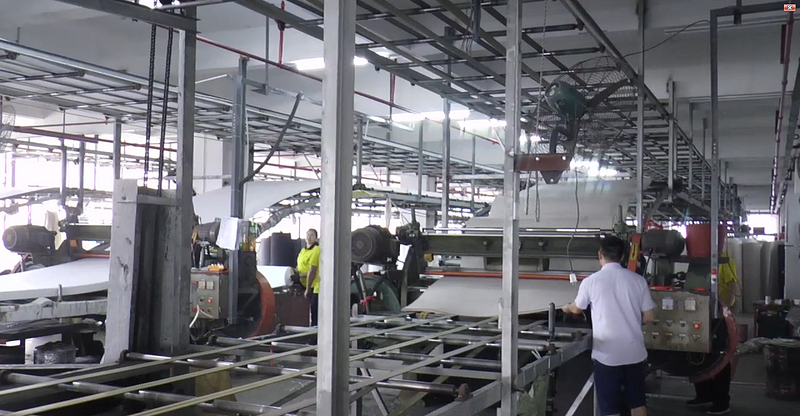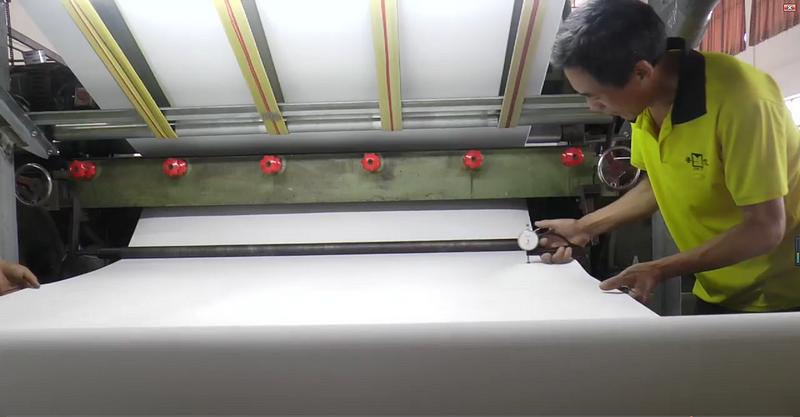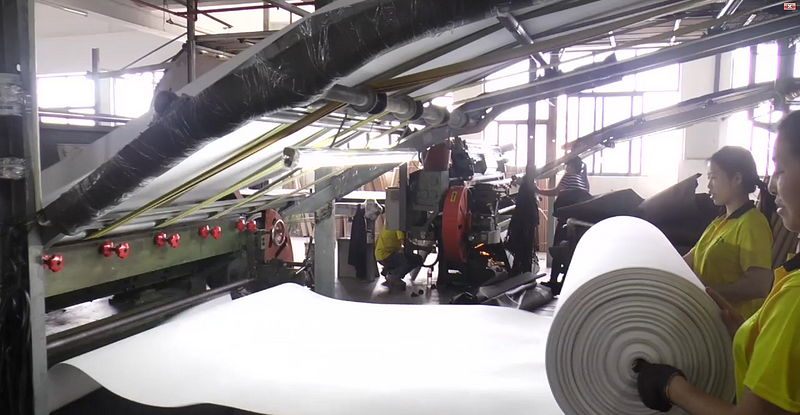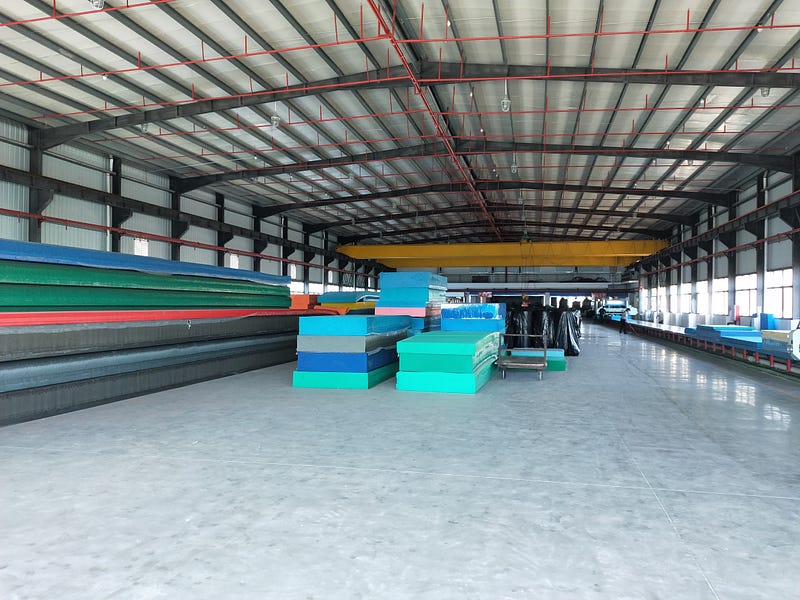Best Practices for Operating EVA Sheet Making Equipment
Operating EVA (Ethylene Vinyl Acetate) sheet making equipment demands much more than how to work with the machinery. It represents a holistic approach towards running that equipment efficiently, producing quality-based products, and ensuring safety in the production process. EVA foam sheets are in high demand because of their flexibility, shock-absorbing capacity, and resistance. Any of the EVA sheet-making equipment will operate at its best and give optimal performance in the following best practices. The following are some good practices that should be followed while operating EVA sheet-making equipment:
Understanding EVA Sheet Making Equipment
Before proceeding with the best practices, it’s essential to know about the basic EVA sheet-making equipment. Equipment for this purpose includes extruders, rollers, calenders, and cooling units. All are needed to convert the raw EVA material into finished sheets. Good practices, operation, and maintenance of these machines will ensure quality output and good production.

Best Practices for Operating EVA Sheet Making Equipment
1. Pre-Operation Checks
Before operating your machinery, carry out detailed pre-operation checks. Ensure all parts are clean, lubricated, and systematically checked. Check for wear and tear and damage on the extruder screws, rollers, and cooling systems. Ensure you have safety guards in place and emergency stop buttons in working order. These checks can avoid a sudden breakdown and ensure a smooth start-up.
2. Control of Quality of Raw Materials
The quality of the EVA sheets largely depends on the quality of the raw materials used. Use EVA pellets or compounds of good quality and that meet the required specifications. There should be consistency in terms of color, size, and density. Contaminated or inconsistent materials may give rise to faults in the final product, which will be reflected in the appearance of the material as well as its performance. Raw materials need to be stored in a clean, dry environment to prevent contamination.

3. Temperature and Pressure Management
EVA sheet making is conducted under strict temperature and pressure controls. The suggested temperature conditions should be maintained for the extruder and the calender, so that the EVA material can achieve an optimal melt and, consequently, be processed. The various pressure settings should be checked for non-over or under-extrusion. This can result in variations in the sheet thickness, quality, and other defects.
4. Equipment Calibration
Equipment calibration is necessary, since the production of sheets has to be made with precision. Setting on the extruders and the rollers should be checked and adjusted at frequent rates so that a uniform thickness of sheets and smooth surfaces are available. Calibration would allow the production of products of uniform quality without any defective sheets, thus saving wastage.
5. Proper Methods of Cooling
There is a crucial part in the manufacturing of EVA sheets, which is cooling. It is important to ensure that the cooling units perfectly work and are enough for cooling the sheets. If properly cooled, it will prevent the warping, curling, or uneven thickness of the final product. Change the cooling times and temperatures depending on the type and thickness of EVA sheets produced.

6. Routine Maintenance
In addition to this, a maintenance schedule that is periodic should be launched for all equipment components of sheet making, including cleaning, lubrication, and checkups of all movable parts. A frequent maintenance schedule can prevent unexpected breakdowns and extend the life of the equipment. Log all done activities and address any problems promptly to avoid being a hindrance to production.
7. Operator Training
Ensure your operators are well-trained in handling the EVA sheet-making equipment. Training should be extensive, and they should know how to troubleshoot and all relevant safety precautions taken during machine operation and quality control. Proper training will make operators be able to easily manage the equipment, prevent possible problems in the early stages, and thus present amazing quality.

8. Safety Protocols
Observe all safety procedures while operating the EVA sheet making equipment: wear suitable PPE, which comprises gloves, safety spectacles, and ear protection. This kind of equipment should be installed with safety features; emergency contact should also be known to those operating in case it happens. Safety can also be boosted by undergoing safety drill exercises regularly.
9. Quality Assurance and Testing
Establish a robust quality assurance process, enabling to test the EVA sheets for a range of parameters including thickness, density, and surface quality. Perform periodic checking and tests that the sheets make the specifications. Quality assurance ensures that defects in products are identified early for elimination, thus assuring that market goods are of the required quality.
10. Documentation and Record-Keeping
Maintain detailed records concerning the production process, equipment settings, maintenance and quality control tests. Good records allow tracking of performance and to establish trends. Decisions can be made upon the trends. Good records also provide valuable information in the troubleshooting and when optimising equipment on continuous improvement.

FAQ
Q: What are common issues you will face regarding the production of EVA sheets?
A: The typical problems include non-uniform thickness areas, surface blemishes, distortion, and streaks of color impressions. Most of these issues are caused by poor temperature control, quality of materials in use, or equipment failure.
Q: How often should equipment be calibrated?
A: Equipment calibration should be undertaken at regular intervals, preferably monthly and quarterly, depending on the equipment usage and the amount of sheet output in production. Periodical calibration always keeps the accuracy feature intact and the output sheet production maintained consistently.
Q: What are the safety precautions in operating the EVA sheet making equipment?
A: The safety precautions comprise the use of PPEs, safety guards, availability of emergency stop buttons, proper training during handling and use of the equipment, and awareness regarding emergency procedures for the operators with routine safety drill observations.
To operate the EVA sheet manufacturing equipment, one must understand the technicalities of running and best maintenance practices. You are able to execute the production effectively by following these guidelines, which include pre-operation checks, safety protocols, best output of good quality, and operating in a safe environment. Additionally, adherence to such best practices helps in achieving optimal results and maintaining the reliability of your EVA sheet-making equipment.
